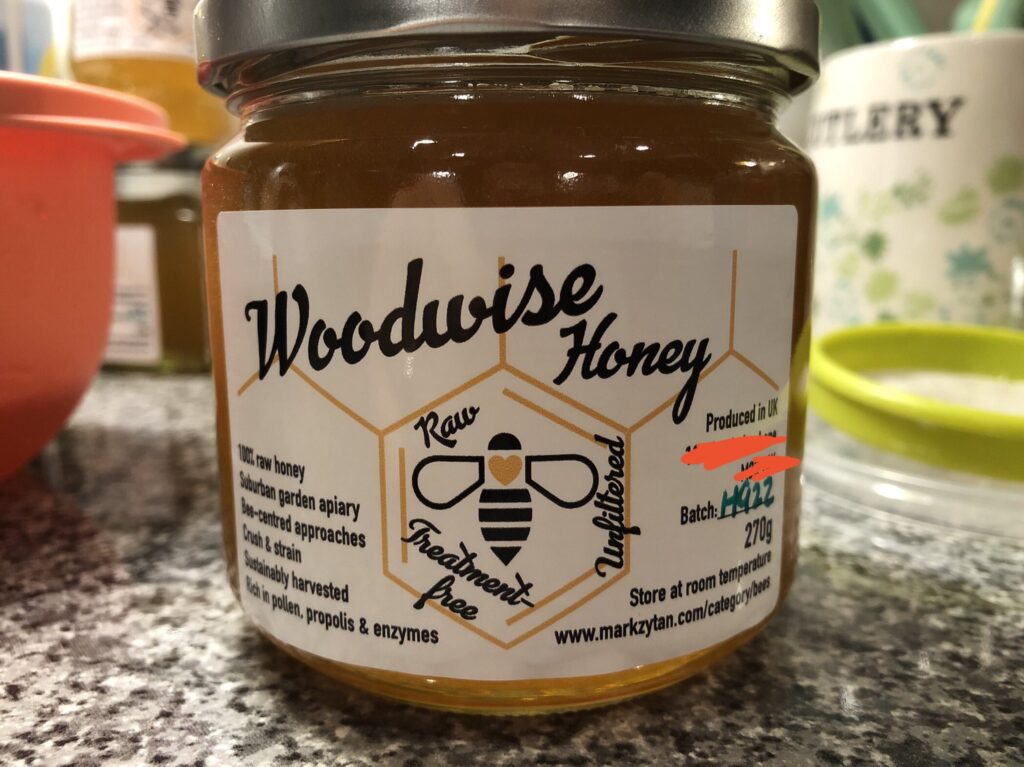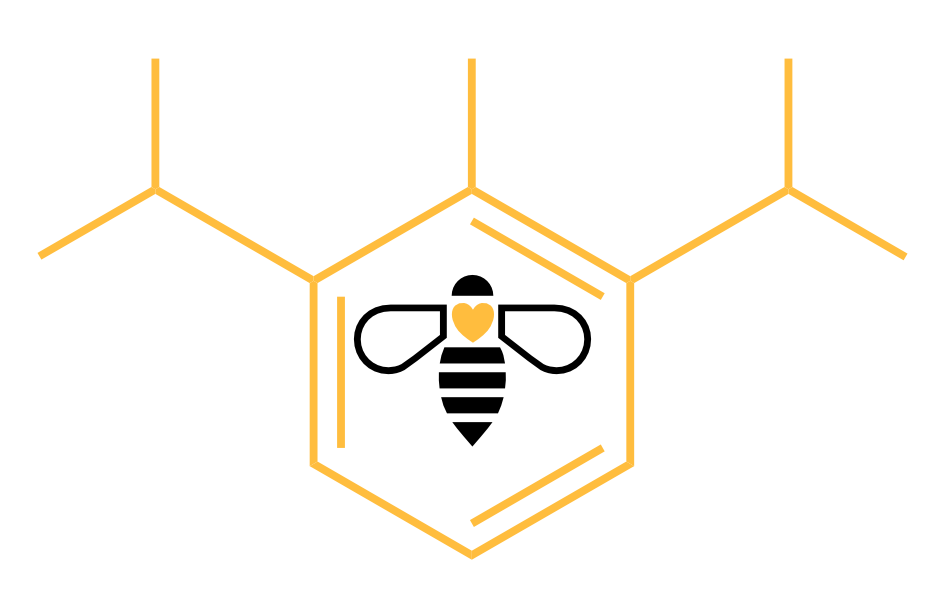Description
Raw, unfiltered honey, sustainably harvested from a small backyard apiary located in a suburban area in Greater Manchester, UK.
Intensely floral fragrance with strong citrus notes and a complex aftertaste. Dark brown specs of propolis and pollen residue of various colour within a usually clear, golden yellow suspension. There may be small bits of wax on the surface which are edible, and provides a textural change from the smoothness of the honey.
We reserve a small amount of first flush and final pomace for our own use. These are thicker, less transparent and contain more bits of wax, pollen, propolis and perga.


100% raw honey
We never heat or pastuerise our honey. Proteins and enzymes are preserved. Commercial operations may add corn syrup and other additives to honey. We do not add anything to our honey.
Unfiltered
Commercial honey is usually strained, followed by filtering to remove small particles of pollen, propolis and perga. Our honey is only strained. This results in a honey that is rich in pollen, propolis and perga, contributing to its complex taste profile.
Treatment-free
Unlike many beekeepers, we do not treat our bees. Prophylactic treatment against varroa mites does not confer statistically significant colony survival rates. Some chemicals used for treatments may leach into honey and accumulate in wax. Our bees develop their own complex set of behaviours and measures to control the population of mites and other pathogens in the hive.
Suburban garden apiary
Our small apiary consists of up to 4 active hives in our garden, located in a suburban area. There is year-round forage from residential gardens, with very little pesticide use. The closest apiaries are about 1 mile away from ours. This means we maintain a honeybee colony density which is normal in the wild. Maintaining such a density is important to avoid outcompeting other important pollinators such as solitary bees, bumblebees and wasps.
There are patches of woodland and allotments within a 1 mile radius. They provide many sources of pollen, nectar and propolis throughout the year. Several nature reserves and water bodies are within foraging distance. They provide a rich source from both native and invasive species including willowherb and himalayan balsam. The absence of land allocated to industrial agriculture means that our bees have low risks of coming into contact with harmful pesticides.
Bee-centred approaches
There is a wealth of literature regarding bee-centred or apicentric approaches to beekeeping. We utilise insulated hives with extra-deep frames (or no frames) which mimic natural cavities and promote physiological honeycomb construction. We only carry out very limited inspections to minimise disturbance to the hive, and do not attempt to prevent swarming. We aim not to feed our bees any substitutes for their natural diet. We do not buy bees and populate our hives with natural swarms.
Crush & strain
This is a traditional method of extracting honey from hoenycomb. The Nepalese honey-hunters use their hands to do this, but we use a stainless steel honeypress. The honeycomb is mashed, and then pressure is applied via a piston, like in a fruit press. This squeezes honey out, which flows into a two-stage strainer to separate bits of wax. The resultant honey is rich in other products found in honeycomb such as pollen, propolis and perga. This method is energy-intense for the bees since they need to rebuild honeycomb each year. However, we make use of the wax for other products.
Sustainably harvested
We only harvest twice a year. In autumn, if a colony has surplus honey stores for their requirements, we harvest. We always leave them generous stores for them to overwinter. In spring, if a colony has not used up their honey stores, we harvest again, leaving them sufficient to get over the early spring dearth. If a colony does not produce sufficient honey, we leave it alone and do not attempt to harvest. We try out best not to requeen colonies.
Rich in pollen, propolis and enzymes
Local honey that is rich in pollen is useful for reducing the severity of hayfever and environmental allergies. This is due to the graded exposure of antigens throughout the year. For this reason, we try to sell locally. Propolis is an extract from tree resin which the bees process and use to coat their hives. It is highly anti-bacterial and anti-viral. It has been used as herbal remedies for upper respiratory tract infections and as a ticture for external wounds. Raw honey contains enzymes including diastase, amylase, invertase, sucrase, glucose oxidase, and many others.
Batch coding
First letter denotes the hive of origin. Click on links to go to the hive journal.
- M = Manchester hive
- C = Cherry hive
- H = Hardwood hive
- F = Freedom hive
Numbers represent the month followed by year of harvest. E.g. 922 = Sep 2022. Harvests are generally limited to autumn and spring.
The graphic

A Manchester bee graphic has had its thorax replaced with a yellow heart to represent the apicentric approaches we use.
The background structure which resembles honeycomb is in fact a nod to a drug I frequently use in my day job: propofol (2,6 diisopropyl phenol)
